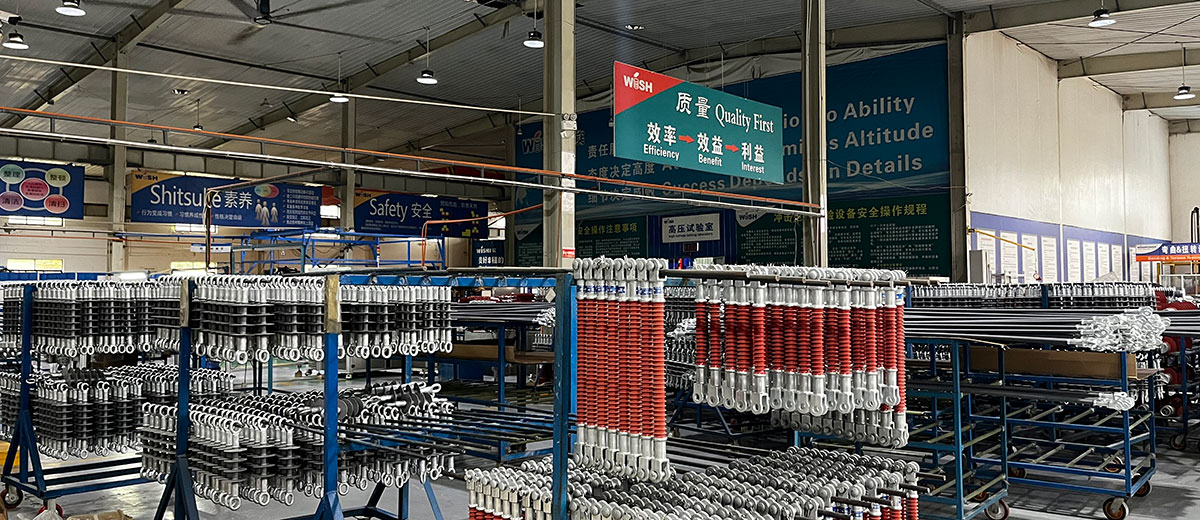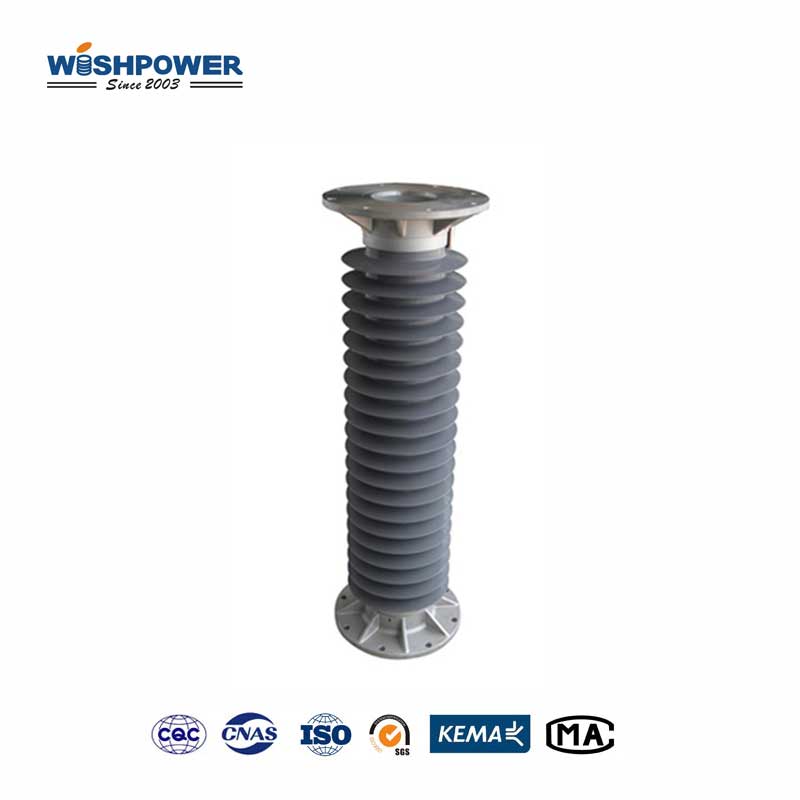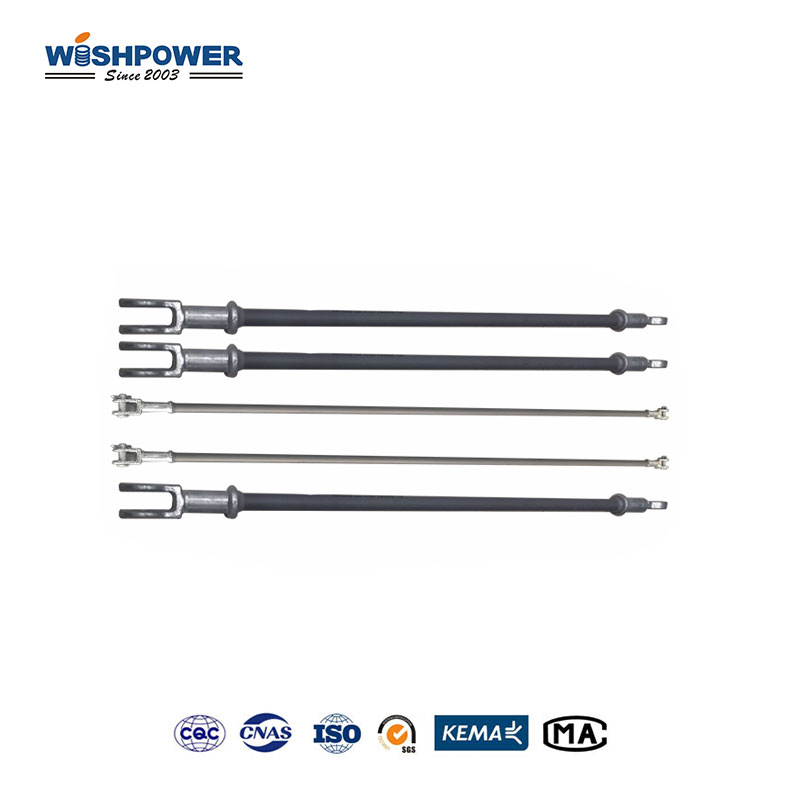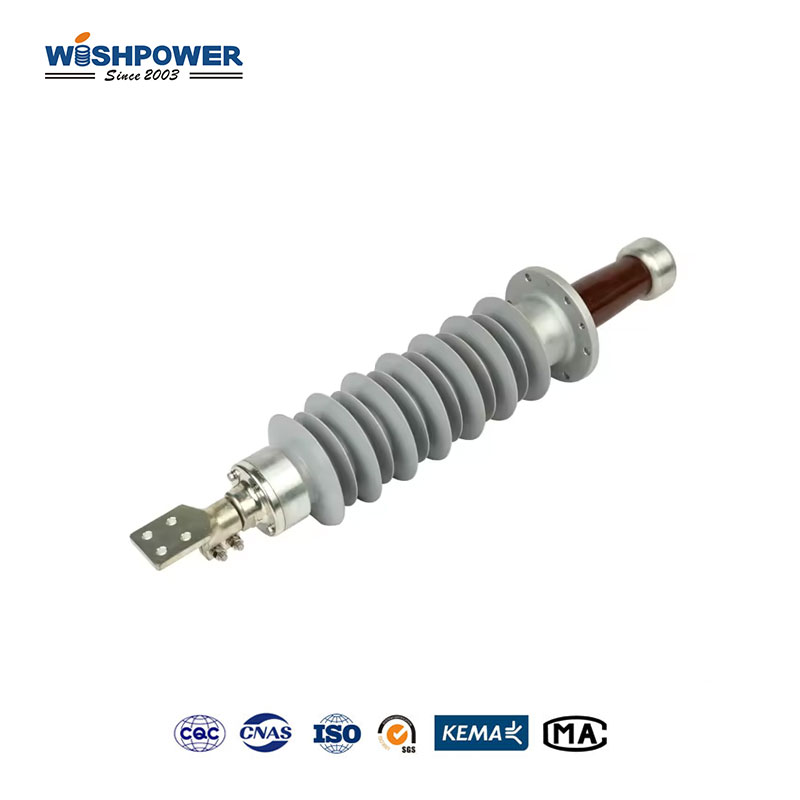Insulators play an important role in electrical engineering: if not present, current unwanted will flow and it can be dangerous and costly for the power transmission between high-voltage lines and devices. Insulators have different compositions depending on their use, environmental conditions, and voltage requirements. Electrically insulating materials are typically chosen because they exhibit high electrical resistance, durability, and mechanical strength.

What is the composition of an insulator?
- Ceramic Insulators
One of the most commonly used types in high-voltage power systems is ceramic or porcelain insulators. They are primarily composed of aluminum oxide (Al₂O₃), silicon dioxide, and feldspar.
- Glass Insulators
For decades, glass insulators have been used in power transmission because of their special properties. Its composition consists of silicon dioxide (SiO₂), lime, and soda and when combined forms a hard, durable, transparent product.
- Composite Insulators
Usually, composite insulators are also referred to as polymer insulators or any insulators made of a mixture of glass fibers and specific polymer materials like silicone rubber or ethylene propylene rubber. The following composition provides unique advantages yielding it as the ideal means for modern power transmission needs.
- Polymer & Plastic Insulators
Composite insulators do have a component similar in type to polymer and plastic insulators, but these insulators have different compositions. Usually of thermoplastic or thermosetting plastic material, made of polyethylene, polypropylene, or polycarbonate.
- Resin-Based Insulators
Epoxy-based resin insulators are mainly used due to their versatility and are preferred in indoor electrical equipment as they possess ease in handling and are resistant to most chemicals. These are cast from a process that allows for very specific and custom-shaped manufacture.
Key Factors in Selecting Insulator Materials
Voltage Requirements: Said another way, typical high voltage systems are made of materials such as ceramics or composites that can withstand high electrical stresses and not break down.
Mechanical Load Capacity: Because of their high strength-to-weight ratio, materials such as fiberglass-reinforced composites are used in high-tension applications such as long-span transmission lines.
Environmental Conditions: Mosquitoes can bite through hydrophilic materials, such as cloth which is why hydrophobic materials like silicone rubber or glass are used in areas with increased pollution, salt exposure, or humidity to maintain insulation properties.
Maintenance and Lifespan: Glass and ceramics are very durable, and low maintenance while composites allow for increased flexibility with a lighter weight for longer durability.
Advances in Insulator Technology
Recently, power infrastructure demands have increased and with that, modern insulators are being developed that use materials that help improve performance and drive down costs. Continued progress is being made in composite insulators, especially with new formulations of polymers and glass fibers that provide additional mechanical strength and improved hydrophobicity. In addition, anti-fouling and anti-icing surfaces are under investigation using smart coating technologies, to further improve the reliability of insulators in extreme climates.
Conclusion
The composition of an insulator is critical to its performance, its service life, and the ability to use it in an application. All materials, including ceramics, glass and composite polymers, and epoxies, have their virtues in the electrical industry and provide customized insulation solutions aiming for different environments and voltage levels. High voltage transmission line, a substation, or a compact indoor device, the characteristics of each insulation material have to be well understood to choose the best one for a safe, efficient, and reliable power system. Increasingly, technology is growing to further innovate insulator materials and compositions for improving functionality and increased durability to keep up with the increasing demand for energy infrastructure on a global scale.
If you have different opinions or want to know more, please leave a message on the website or contact us directly at info@wishpower.net

















